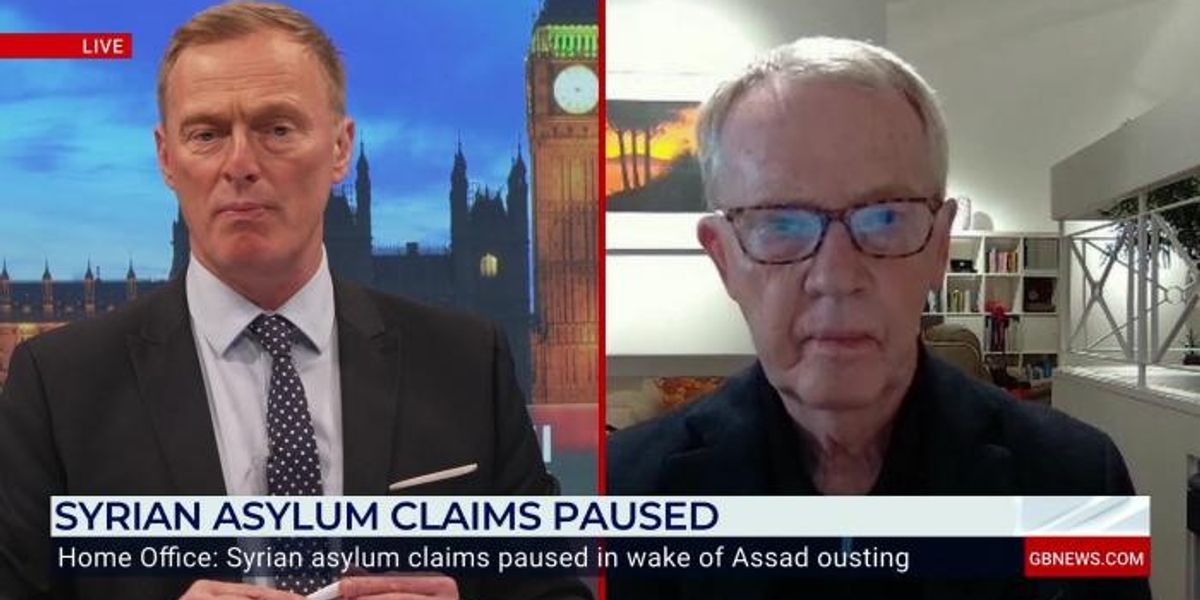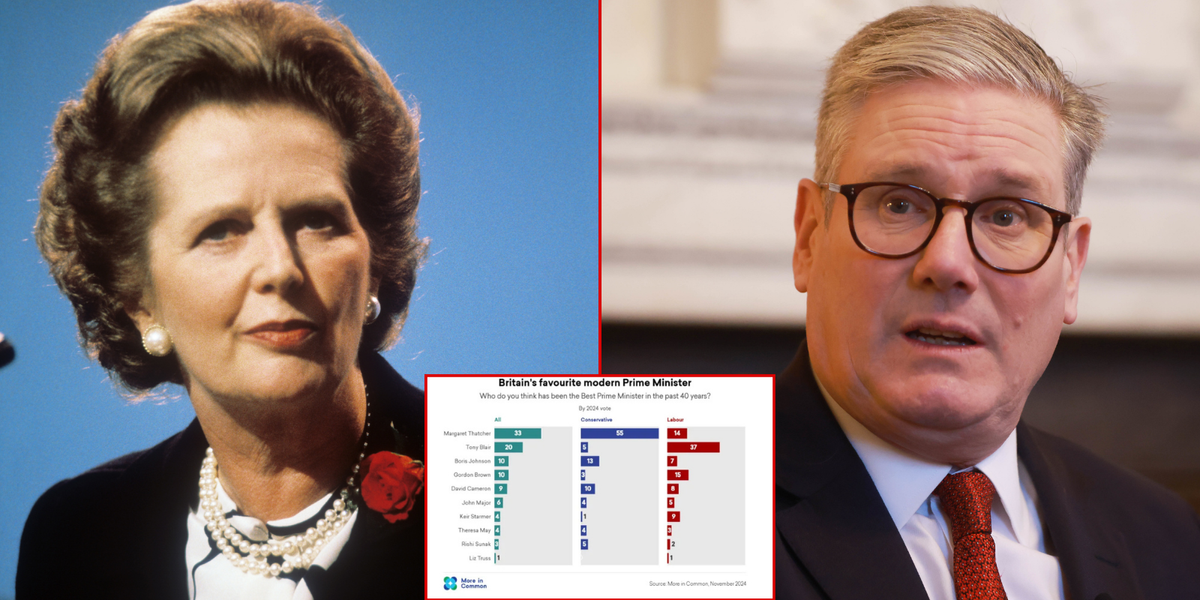The battle to oust Assad has long ceased to be about democratic reforms or justice for the Syrian people.
By AMINE AYOUB DECEMBER 16, 2024 00:58 THE ARAB Contact Group on Syria meets in Aqaba, this past Saturday. Those present included US Secretary of State Antony Blinken, UN Special Envoy for Syria Geir Pedersen, and the foreign ministers of Jordan, Egypt, Qatar, Bahrain, Turkey, the UAE, Saudi Arabia, Iraq, and Lebanon.
(photo credit: ANDREW CABALLERO-REYNOLDS/REUTERS)
THE ARAB Contact Group on Syria meets in Aqaba, this past Saturday. Those present included US Secretary of State Antony Blinken, UN Special Envoy for Syria Geir Pedersen, and the foreign ministers of Jordan, Egypt, Qatar, Bahrain, Turkey, the UAE, Saudi Arabia, Iraq, and Lebanon.
(photo credit: ANDREW CABALLERO-REYNOLDS/REUTERS)
The fall of Bashar al-Assad’s regime marks a significant turning point in Syria’s brutal civil war. Yet, while some may view it as the revival of the Arab Spring, the situation on the ground in Syria suggests otherwise.
The battle to oust Assad has long ceased to be about democratic reforms or justice for the Syrian people. Instead, it has become a complex sectarian and religious struggle, deeply influenced by foreign powers, and ultimately a geopolitical conflict more than a pursuit of rights.
This makes the idea of a second Arab Spring unlikely, as Syria’s future looks set to be defined by religious identity and regional power plays, rather than by the hopes for democratic change that initially sparked the Arab uprisings over a decade ago.
The collapse of Assad’s regime did not come as a sudden, unexpected event. The Syrian government, after years of brutal repression and war crimes, was already weakened by a series of internal and external factors.
Ailing military morale, defections, and a struggling economy were compounded by the failure of Russia, Iran, and Hezbollah to stabilize the situation in the way they once had. Rebel forces, including groups such as Hayat Tahrir al-Sham (HTS), which had once been marginalized, seized this moment, taking control of key territories and bringing Assad’s control to an abrupt halt.
The apparent ease with which Assad fell underscores the regime’s deep internal instability. However, despite the apparent triumph of the rebels, the situation is far from a clear victory for the Arab Spring’s original vision of democratic reform. Instead, it reveals how quickly a revolution driven by calls for freedom and human rights can be hijacked by religious extremism and sectarianism.
Civil war
WHAT BEGAN in the 2010s as a protest movement calling for political freedoms quickly devolved into a brutal, sectarian civil war. The Syrian regime, rooted in the Alawite minority, portrayed the revolution as a Sunni extremist uprising threatening the country’s religious minorities, particularly the Alawites, Druze, and Christians. This narrative transformed the conflict from a political revolution into a sectarian war, with Assad’s government positioning itself as the protector of these minorities against what it depicted as a radical Sunni insurgency.
As the war dragged on, it attracted a range of armed groups – many of them with radical Islamist ideologies. The rise of ISIS, al-Qaeda affiliates, and other extremist factions further complicated the situation. These groups, while initially part of the broader anti-Assad movement, quickly sought to impose their own vision of Islamic governance on the country, displacing the initial calls for democracy and human rights.
The influx of these groups not only transformed the character of the rebellion but also linked the Syrian conflict to a broader regional struggle between Sunni and Shi’ite powers.
Key rebel factions, such as HTS, which has roots in al-Qaeda, now control large swathes of Syria. These groups have portrayed their struggle not just as one against Assad but as part of a broader religious war against perceived enemies of Islam, especially Shi’ite militias and foreign forces like Iran and Hezbollah.
Stay updated with the latest news!
Subscribe to The Jerusalem Post Newsletter
HTS has gone to great lengths to present itself as a moderate, nationalist force, occasionally reaching out to local Christian communities and promising not to confront Iraqi militias, but the group’s ideology remains deeply rooted in radical Islamist thought.
In this context, the fall of Assad does not mark a victory for the secular, democratic aspirations that fueled the Arab Spring. Rather, it highlights how quickly popular uprisings can be co-opted by extremist factions and how the struggle for rights can devolve into a battle for religious supremacy. Syria’s rebellion, once a fight for democratic reform, has turned into a sectarian conflict with no clear end in sight.
Syria’s future, post-Assad, is not only shaped by internal divisions but also by foreign powers that have had a hand in the war. Iran, Hezbollah, Russia, and the United States have all pursued their own agendas in Syria, often exacerbating the conflict.
Iran’s strategic partnership with Assad, aimed at creating a “Shia crescent” in the region, has been severely undermined by his downfall. However, Iran’s support for Hezbollah and its influence in Iraq and Yemen ensures that its role in the region will remain significant, even without Assad.
Syria, which once seemed to embody the aspirations of the Arab Spring, now stands as a cautionary tale. The early uprisings in Tunisia, Egypt, and other parts of the Arab world were motivated by the desire for democratic reforms, social justice, and an end to autocratic rule.
Yet, in Syria, the quest for democracy quickly became overwhelmed by sectarianism, militancy, and foreign intervention. The focus shifted from securing human rights and freedoms to a fight for survival, with various factions jockeying for power based on religious and ideological grounds.
The fall of Assad will not revive the Arab Spring. Instead, it marks the continuation of Syria’s transformation into a battleground of religious and geopolitical interests. The quest for political freedom and human rights, which sparked the original uprisings in 2011, has long since been eclipsed by a religious and ideological war.
As radical Islamist groups like HTS gain power and foreign players stake their claims, Syria’s path forward will likely be defined by sectarian struggle, not democratic progress. The dream of a democratic, free Syria remains as distant as ever, and the ideals of the Arab Spring, once alive with hope, are now buried.
The writer, a Middle East Forum fellow, is a policy analyst and writer based in Morocco.

 By The Jerusalem Post (World News) | Created at 2024-12-15 23:20:07 | Updated at 2024-12-16 01:44:43
2 hours ago
By The Jerusalem Post (World News) | Created at 2024-12-15 23:20:07 | Updated at 2024-12-16 01:44:43
2 hours ago







